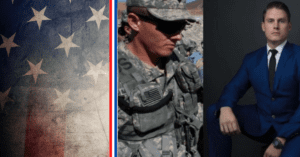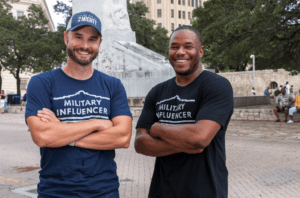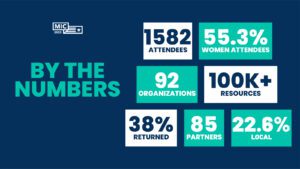
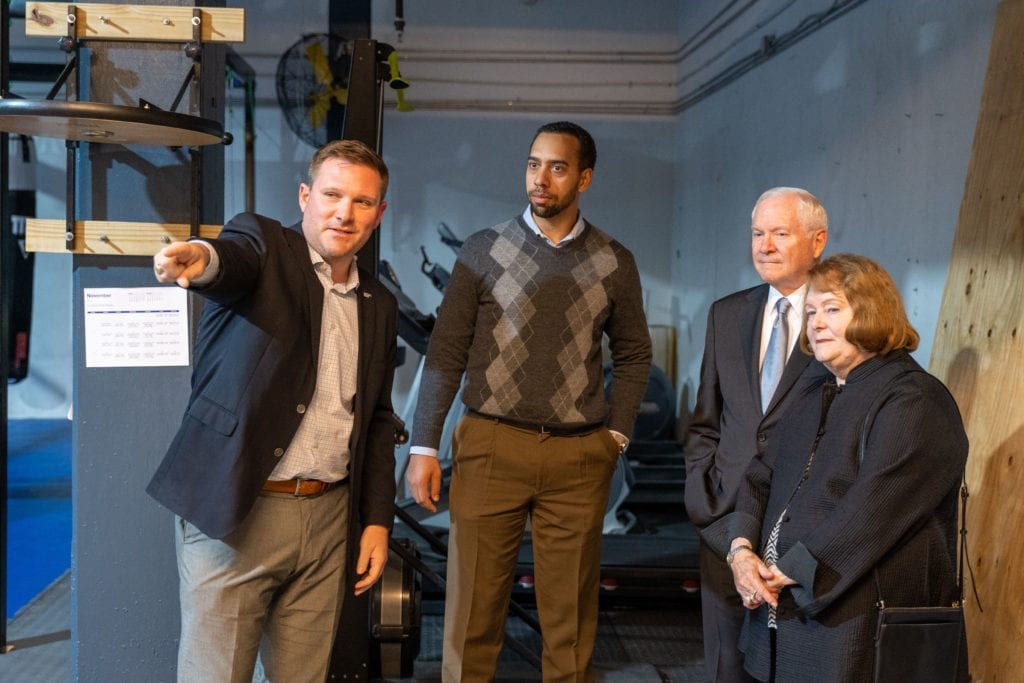
Organization creates rally point for veterans after service
- by
- Elizabeth Aslakson
The Houston-native’s path to leading the impact organization came after his own experience of integrating back into the civilian world. After serving as an infantry platoon sergeant in multiple overseas assignments, he returned to his hometown in Texas. While attending Texas A&M University and participating in ROTC and the reserves, injuries sustained during a combat tour prevented him from continuing in the military.
This obstacle did not stop Boerstler from forging a career in service though. He took advantage of an opportunity to work with a U.S. congressman, where he learned firsthand how policies impacted people and “saw the gaps from the strategic level,” he says.
Then, while attaining a master’s in public administration from University of Houston, he started the practical application of his education. The mayor of Houston asked Boerstler to work with the city on the Returning Veterans Initiative.
“This was after the Walter Reed scandals in 2007 and 2008. We quickly realized that as a municipal entity and government agency we weren’t agile enough to deliver services. So, I developed a thesis on transition — that it should be community-based, not installation-based. Otherwise, you’re not getting the necessary resources,” Boerstler said.
With this insight, Boerstler described the organization’s evolution.
“So, we founded another nonprofit called the Lone Star Veterans Association that became a social net to catch returning veterans and their families.”
Then they developed a third version, known as Combined Arms. Its mission is to accelerate the time it takes military families to transition back into civilian life by helping identify passions, skills, and needs, but also connecting them to resources, such as healthcare or job training.
“Combined Arms is now a backbone organization comprised of a coalition of veteran services holding one another accountable,” Boerstler said. The nonprofit serving thousands has continued progressing with technological advancements and he described results of launching a new system 3 ½ years ago.
“The average response time across 90 government agencies and nonprofits had been about 160 hours, but now it's 24,” he said.
The reason for delays was because the separate organizations were doing too many things, Boerstler says.
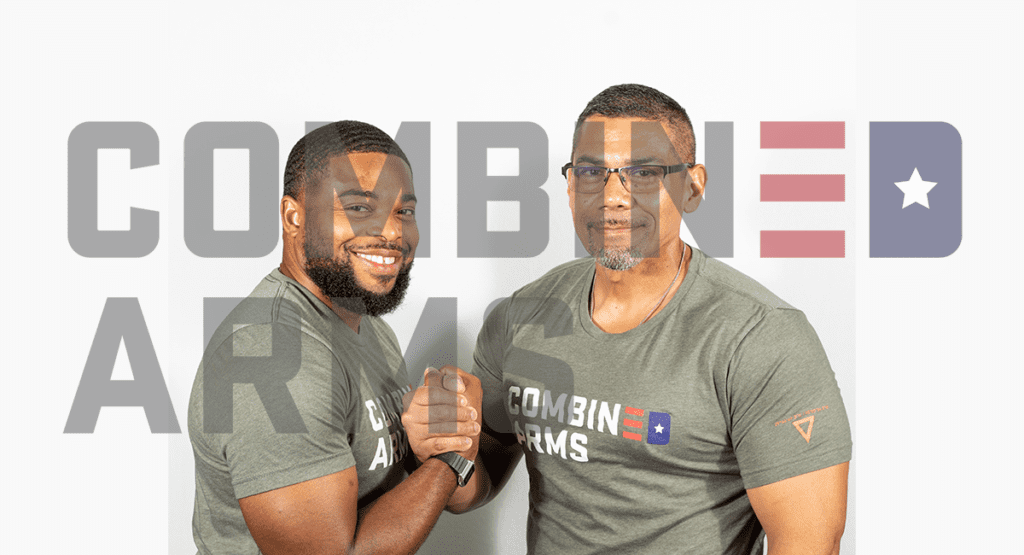
“The marketplace was fragmented and agencies were trying to be everything to everyone … once they come together, realizing what their counterparts on their left and right did, and how to properly refer veterans and share best practices, they were able to provide better service and improve response time.
“Everyone’s response time is on a publicly visible scoreboard which is a great way to achieve public accountability,” he said.
New challenges have arisen with COVID-19. And knowing they serve a potentially vulnerable population, they’ve reached out to clients, asking how the pandemic has impacted them and if they need resources.
“We got a significant response and were able to wrap our arms around individuals,” Boerstler said. “We immediately diverted priorities, so our platform was ready for the spike in requests for financial, utility, and food assistance, as well as mental health care.”
Boerstler added additional specifics on how Combined Arms has remained agile so similar organizations can glean insight on how to be as resourceful as possible while managing the impact of COVID-19.
In response to financial challenges affecting their clients and 25 employees, they overhauled their budget, cutting costs where possible. They pivoted their model to fit the mission by reducing activities, including outreach and training programs for employees. They also directed members who ran events to concentrate on the mission. In addition, they are focusing more on earned revenue channels while increasing their reliance on technology.
By the numbers: Combined Arms
200,000 military members transition each year
15,000 sq feet is size of the Combined Arms Transition Center
36 hours equals the average connection time between VSOs and veterans
90+ partners organizations working together
Furthermore, Boerstler emphasized the importance of also taking care of members of Combined Arms.
“To keep them from overworking and to mitigate the impact of social isolation,” he encourages recovery days — taking an extra day off every other week.
In terms of planning for 2021, Boerstler said Combined Arms will keep a zero-based budget and ensure their platform is prepared for high-risk clients by prioritizing service for those losing jobs and the resulting secondary issues.
Hence, despite his own military-career-ending injuries, Boerstler has found a way to continue public service through Combined Arms and is determined to continue the mission for the duration of the pandemic and beyond.
Active-duty military, reservists, National Guard, veterans from all service eras, and their families can connect to Combined Arms online at http://www.combinedarms.us.
YOU MAY ALSO LIKE
MIC Updates
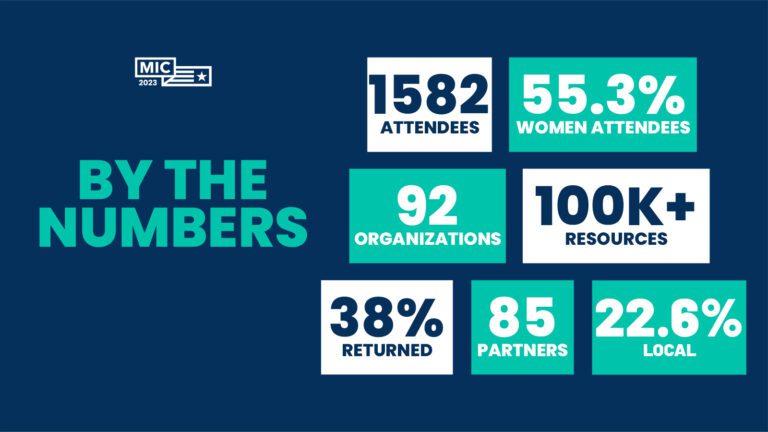
Behind The Numbers Of MIC 2023







